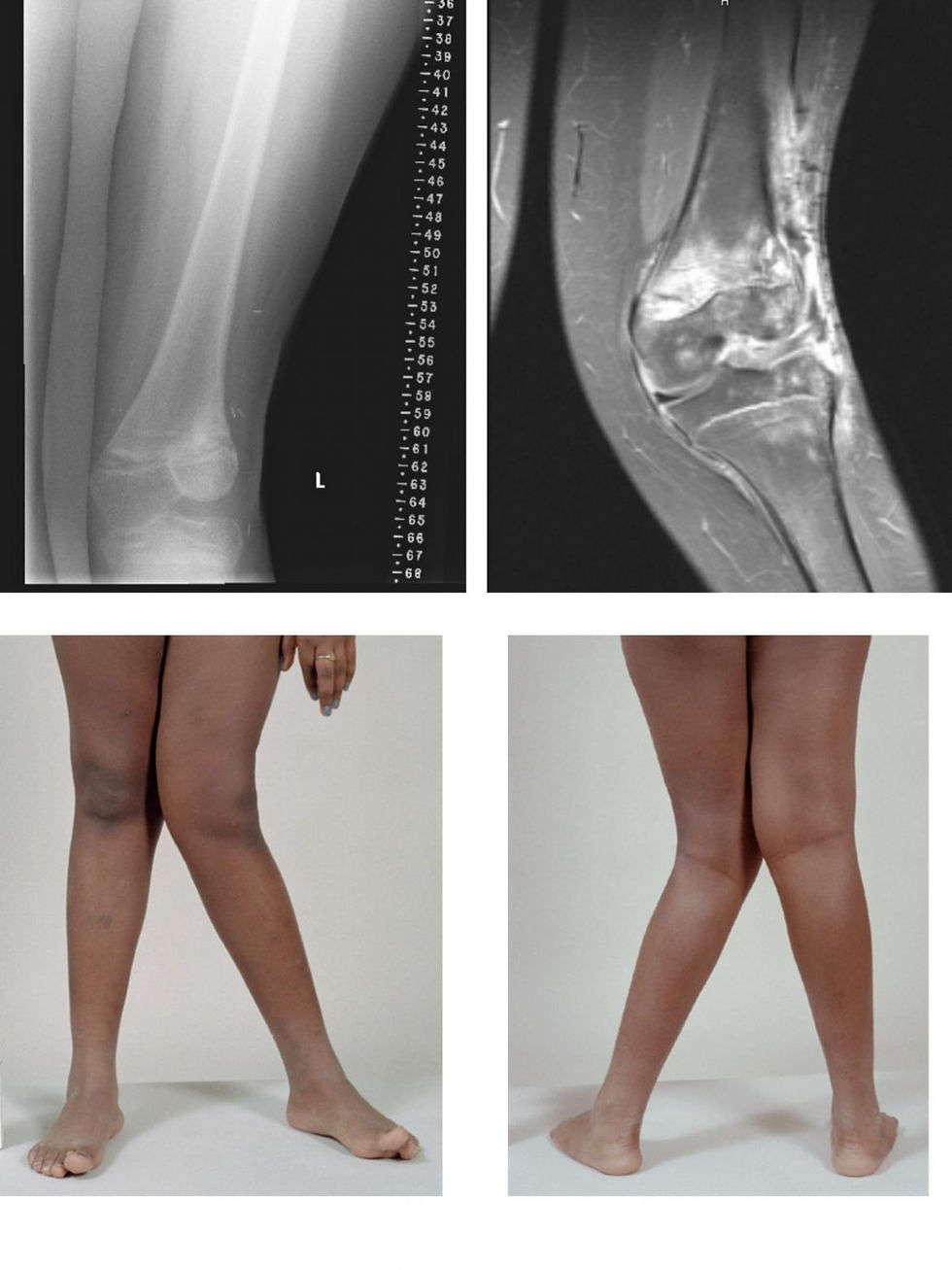How Ankle Mobility Affects Your Body
- Pamela Heavner

- Mar 3, 2020
- 3 min read
Updated: Mar 5, 2020

If you’re lucky enough to have never injured your ankle, you may not realize just how much it can affect the rest of your body. When people talk about joint problems, they typically think of the knee or hips, those often over-used and prone to injury joints, right? But the ankles actually play a crucial role in keeping everything up the line – including the knee and ankle – moving and functioning the way they should. So let’s dig a little deeper and see just how the ankle goes on to affect so many other aspects.
The Ankle
The ankle joint (or talocrural joint) is a synovial joint located in the lower limb. It is formed by the bones of the leg (tibia and fibula) and the foot (talus).

Starting from the ground up, we have an alternating stack of stable and mobile joints. The ankle joints are mobile, the knee joints are stable, the hip joints are mobile, the lower back is stable, and so on and so forth. It’s like this intricate balance and chain of movement up through the body.

Your ankle is considered a hinge joint, in that it only performs plantar flexion (toes down) and dorsiflexion (toes up). However, with another smaller joining place of the foot and leg, you’re able to move your foot into inversion (sole toward midline) and eversion (sole pointing outward).

Too much or too little movement in any of these can undermine the stability or mobility of each joint above. For example, too much eversion of one foot, like you’re walking on the inside arch of the foot, can “open” the inner aspect of the knee joint, creating too much mobility there and making it more prone to injury. This only continues up the chain. See the example below of the effects of limited ankle dorsiflexion.

While many people may focus more on the health of their larger joints, such as the knees and hips, the ankle holds a lot of power and can determine much of how everything else in the body functions.
An easy way to see if you have too much mobility in the inversion or eversion aspect, is to look at your shoes. If you tend to wear out the inside or outside line of your shoes before the rest, that’s a good indication of an imbalance in your ankle mobility.

VeryWellFit.com explains how to understand your sole wear patterns.

Worn soles signify that you should replace your sneakers. Shoes are often designed to show this wear on the sole with a change of color, which can help persuade you that it is time to replace the shoes. The shoe pictured on the left has logged about 350 miles and is showing wear on the sole near the big toe.
These signs can help you determine what your sole wear patterns may mean:
A neutral gait would show wear under the big toe. Neutral-gait walkers naturally push off with the first toe without excessive rotation during the stride.
An over pronator would see the worn off spot even more toward the big toe side of the sole.
As pictured above, the wear is mostly along the outside edge of the shoe, closer to the little toe, which is typical of supination. The change in color shows a lot of wear on the heel. At the toe, you can see almost no wear on the inside to the middle portion of the sole.
Half-Kneeling Dorsiflexion Test

To check for proper mobility in the dorsiflexion, plantar flexion aspect, try doing what’s called the Half-Kneeling Dorsiflexion Test:
Kneel on one knee with your front foot about 5 inches from a wall.
Place your hands on the wall in front of you.
Lean forward and try to touch your front knee to the wall without lifting your heel off the ground.
If you’re able to touch the wall, your ankle mobility is sufficient. If not, you may need to focus on this.




Comments